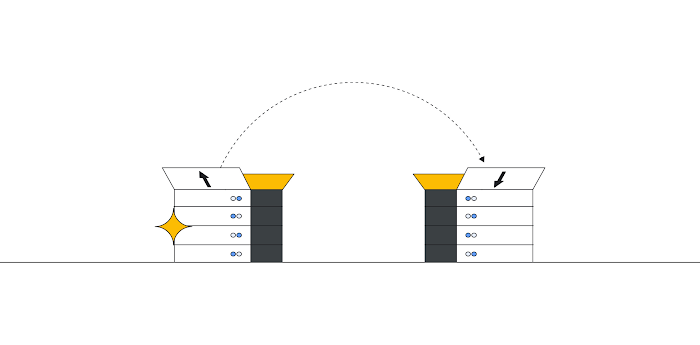Configuring your Compute Engine VMs with Tier_1 high-bandwidth networking
Matthew Dalida
Technical Account Manager, Google Cloud
Does your Google Cloud virtual machine (VM) need greater bandwidth? If so, Tier_1 high-bandwidth networking could be the right solution. In this blogpost, we look at Compute Engine’s Tier_1 bandwidth tier, how to configure it, and some things to watch out for.
Compute Engine’s VM Tier 1 networking increases the throughput capacity of a VM. For example, some machine learning (ML) environments require higher throughput due to demand from ML workloads, batch processing, and large data transfers. Compute Engine lets you select a high-bandwidth VM Tier 1 networking performance configuration for certain general-purpose and compute-optimized VM instances. A VM running container images can also take advantage of Tier 1 Networking. Tier 1 Networking is supported on N2, N2D, C2, and C2D VMs that have at least 30 vCPUs, and on C3 VMs with at least 44 vCPUS (C3 VMs were released to Public Preview in February 2023).
Another requirement for enabling Tier 1 networking performance is to configure a Google Virtual NIC (gVNIC) on your VM. gVNIC is a virtual network interface designed specifically for Compute Engine, and is the default network interface for C3 VMs. gVNIC does require a supported image.
Depending on VM size, the default bandwidth limit for C2 ranges from 10 Gbps up to 32 Gbps, and for C3 ranges from 23 Gbps up to 100 Gbps. With Tier 1 Networking you can move from the default VM bandwidth to much greater throughput. Tier 1 has different levels of VM bandwidth capabilities for internal IPs including up to 50 Gbps, 75 Gbps, 100 Gbps, and 200 Gbps ( 200 Gbps only available with C3 VMs). An additional benefit of Tier 1 on external IPs is that you can achieve up to 25 Gbps throughput to the internet — approximately 3.5 times more than the default 7Gbps.
You can create VMs and containers that use Tier 1 networking in the Google Cloud console, the Google Cloud CLI or the Compute Engine API. You can also update an existing VM to Tier 1. This may require a restart, but if your VM is part of a Managed Instance Group (MIG), you can update the MIG template. The MIG can then be scaled down and then scaled back up with the new image and all VMs in the MIG will be built with the new Tier 1 configuration.
Moving a VM to Tier 1 networking does incur an increased hourly cost so it’s a good idea to check if the High-Bandwidth pricing is within your budget. After moving your VM to Tier 1 networking you may want to run a benchmark test to observe and measure the increased network performance.
If your business requirements demand higher bandwidth, then enabling Tier 1 networking in Google Cloud may be just what you need. In a future blog post we will discuss how to boost VM network performance if you are already using Tier 1 networking.



